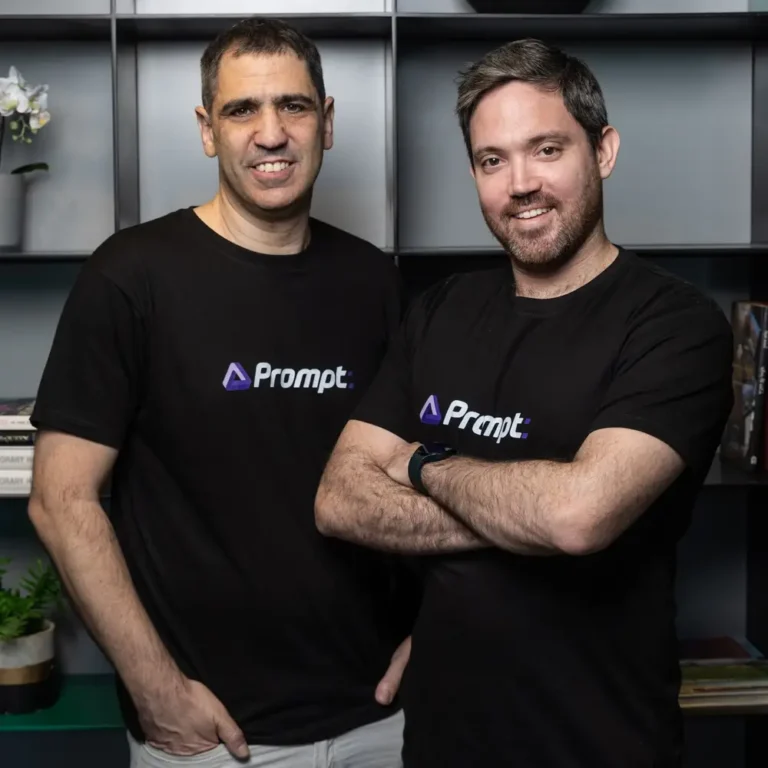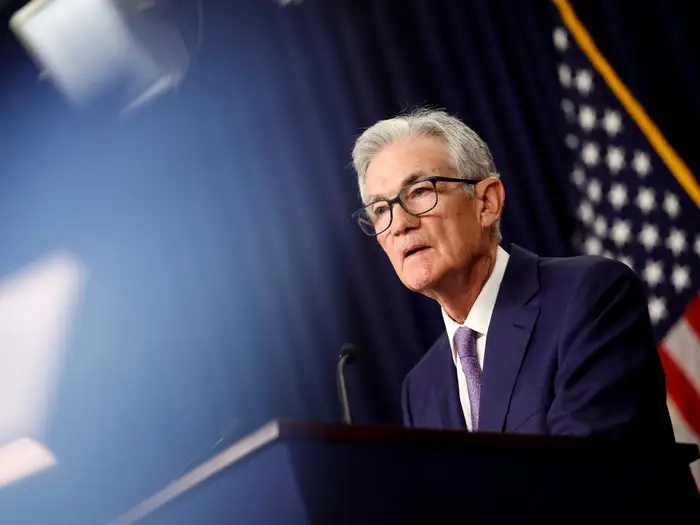America’s fallen tech giant Intel is facing a crossroads

Intel CEO Pat Gelsinger
The chip giant Intel could be at a crossroads as it figures out its next steps amid its declining valuation and struggling business.
Chip and wireless communications competitor Qualcomm approached Intel about a takeover deal, the Wall Street Journal reported Friday. And on Monday, Intel CEO Pat Gelsinger sent out an email announcing “the next phase of Intel’s transformation,” which included the creation of an independent subsidiary for its foundries and expanded business with Amazon. Intel also plans to lay off 15,000 staff.
Founded in 1968, Intel has been an American staple for the design of computer parts but has faced a decline over the past few years. A potential Qualcomm takeover could infuse some cash, but chip industry analysts say this would also raise antitrust scrutiny and execution challenges in the current political environment. Despite having little overlap between Qualcomm’s mobile chip business and Intel’s focus on PCs and data centers, the Biden Administration has historically been more skeptical of mergers,
“There’s very little overlap. I think that argument can be made that there’s no consolidation, but I still would think that this would get a very close look instead of just a rubber stamp to the finish line,” said Logan Purk, a senior analyst at Edward Jones.
The foundry side of Intel’s business could also be in question, putting its billions in CHIPS and Science Act funding in jeopardy. Intel has been a poster child for American chip manufacturing, with a recent $3 billion boost of CHIPS Act funding.
“The government literally has a vested interest in this business succeeding,” Purk said. “It makes it tough if you’re Qualcomm wanting to spin this off and politically put yourself in that position.”
Previously, Qualcomm had explored buying pieces of Intel’s design business, Reuters reported.
More independence for Intel’s foundries
Making the foundry an independent subsidiary “is the easiest way, as of today, to unlock value with Intel, given the substantial losses and investment that that foundry business requires,” Purk said.
Giving the foundry more independence allows it to “not be tied to the ups and downs of the CPU market, all of which has fallen from grandeur in the last two years,” said Dan Morgan, a senior trust portfolio manager at Synovus.
Intel’s foundries would be expected to compete more against companies like GlobalFoundries, TSMC, and Samsung. Intel stock jumped 8% after Monday’s announcements.
Compared to companies such as Nvidia that design chips and pure-play foundries like TSMC that manufacture chips for customers, Intel’s dual role of playing both roles has historically caused hesitation for its peers and potential customers.
“There’s always just some of that paranoia that if you’re a top chip designer, and you are shipping your designs to Intel for them to build your chips, yet they also compete by building similar chips—I think that makes some people skittish,” Purk said.
Intel’s continued focus on CPUs rather than GPUs, which Nvidia focuses on and which is crucial to AI computing, has also hurt its relevance amid the AI boom, analysts said.
“They got so many things going on, and the amount of money that it requires to do all of these different things is just off the charts,” Morgan said.
When Intel’s rival, Advanced Micro Devices, was in a similar challenging financial situation in the 2000s, it split its design and manufacturing businesses into two companies and sold its foundries off to an Abu Dhabi investment firm. The costly chip manufacturing side became GlobalFoundries, one of the largest foundries in the world. Under CEO Lisa Su’s leadership, AMD eventually focused its bets on more bleeding-edge technologies like high-computing architecture GPUs and AI.
Intel faces a more difficult geopolitical environment in its next moves. Selling to a foreign company is not a “politically viable situation” due to supply chain national security concerns now, said Stacy Rasgon, a senior analyst at Bernstein Research.
Intel’s bet on Amazon
Gelsinger also announced Monday that the company would produce AI fabric chips for Amazon Web Services using its Intel 18A process node and a custom Xeon 6 chip on Intel 3.
The expanded collaboration between the two tech companies helps give more confidence about Intel capturing the AI boom, Rasgon said. Still, doubts remain about this announcement, as Amazon already produces its own custom chips.
“You have to bear in mind that Amazon already produces two chips on their own and they’re still buying from Nvidia. Intel threw a bone out on AI, but I don’t know how much that’s really helped them,” Morgan said.
Intel also faces an uphill battle given its history of falling behind major development requests for its customers. After using Intel’s chips for over 15 years on its Macbooks, Apple debuted its own in-house chip design with the M1 in 2020 and contracted out manufacturing to TSMC.
“Intel completely missed the mobile chip revolution, basically declining Apple’s business because they didn’t think it’d be a high volume enough product, and we know how that turned out,” Purk said.






